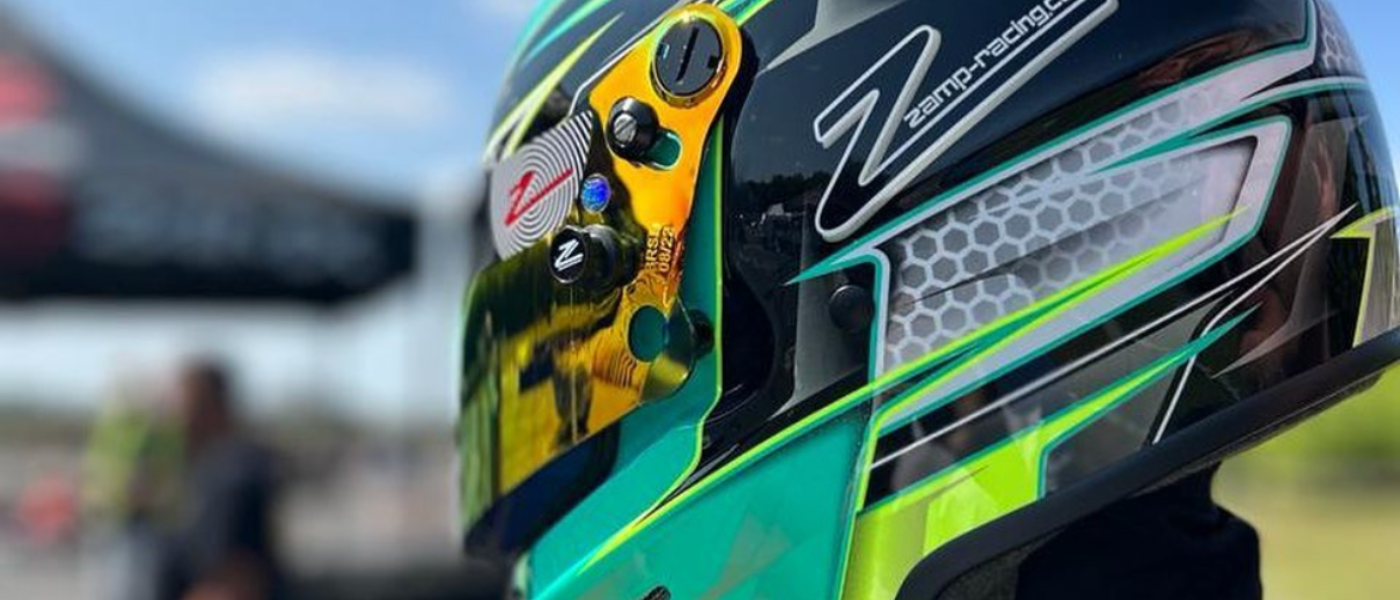We’ve put together our top three tips for caring for and cleaning your helmet because we know that you want to get the very best from your Zamp Helmet; not only so that it protects you, but so that you can get as much use out of it as possible.
 1. Regularly clean the exterior
1. Regularly clean the exterior
The exterior of a motorsport helmet is exposed to dirt, dust, and debris, which can accumulate over time. To clean it, use a soft cloth or sponge dampened with mild soap and warm water. Gently wipe the surface, making sure to remove any dirt or stains. Avoid using harsh chemicals or abrasive materials that could damage the helmet’s finish.
 2. Clean the visor properly
2. Clean the visor properly
The visor is an essential part of the helmet that protects your eyes & allows you to see clearly when racing so it is an important factor in caring for your helmet.
To clean it, start by removing any large debris or bugs using a soft cloth or sponge. Then, apply a mild, non-abrasive cleaner specifically designed for helmet visors. Avoid using glass cleaners or ammonia-based products, as they can damage the visor’s anti-fog and scratch-resistant coatings.
Gently wipe the visor in a circular motion, and rinse it thoroughly with clean water. Let it air dry or use a soft, lint-free cloth to remove any moisture. Please note that care of Prism Visors may differ so it is important to check with the manufacturer or instructions provided.
3. Ensure proper interior maintenance
The interior of a helmet can accumulate sweat, oils, and odours from regular use. Most helmet liners and cheek pads are removable and machine washable. Check the manufacturer’s instructions to see if your helmet’s interior components can be removed and washed. If they are not removable, use a damp cloth with mild soap to wipe down the interior, paying attention to areas that come into contact with your skin. Allow the interior to air dry completely before reassembling the helmet.
Bonus tip: Store your helmet properly when not in use. Avoid exposing it to extreme temperatures, direct sunlight, or chemicals that could degrade the materials. Consider using a helmet bag or a dedicated helmet storage case to protect it from scratches and impacts when not in use.
Remember to always consult the manufacturer’s guidelines and instructions specific to your helmet model for the best care practices.





